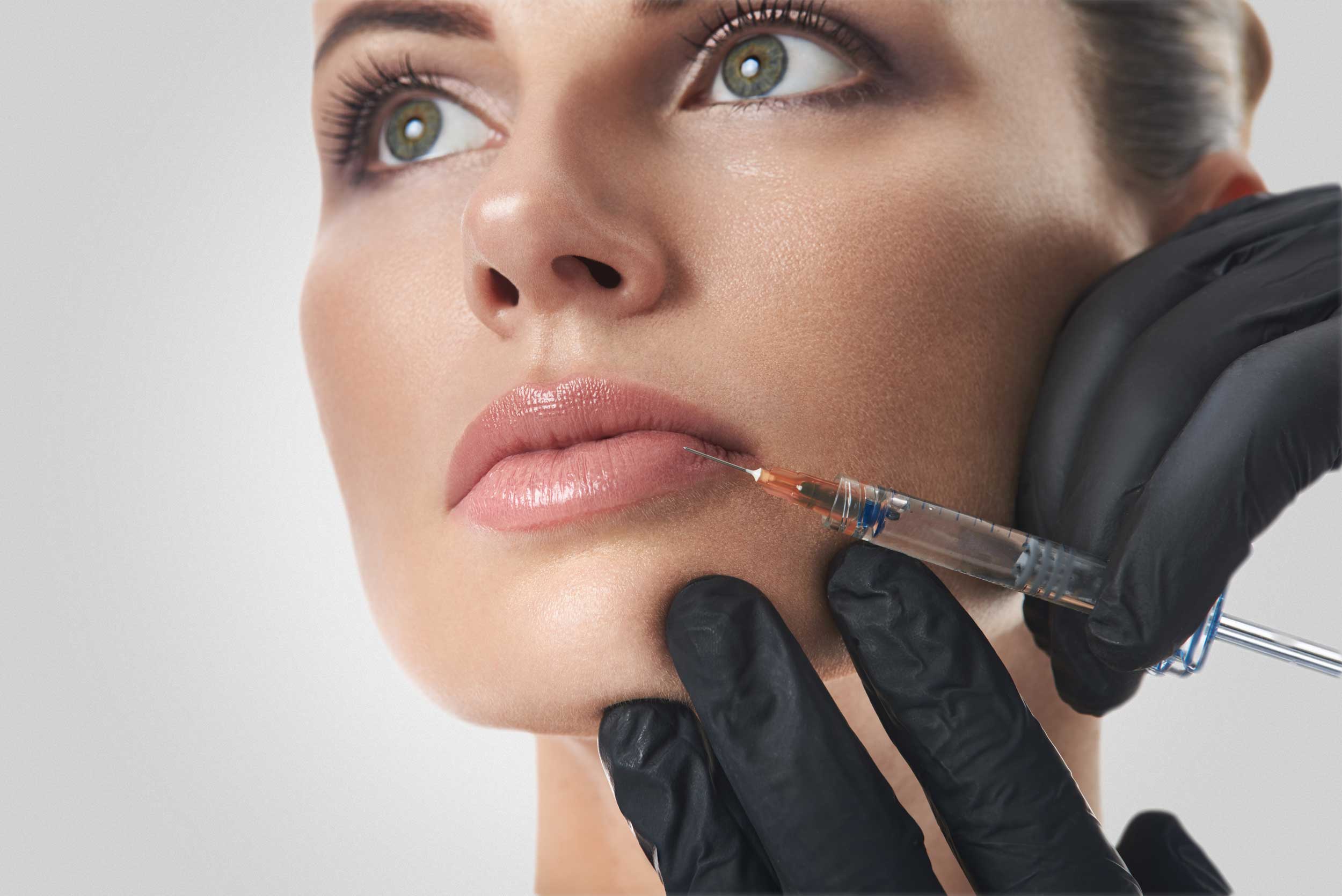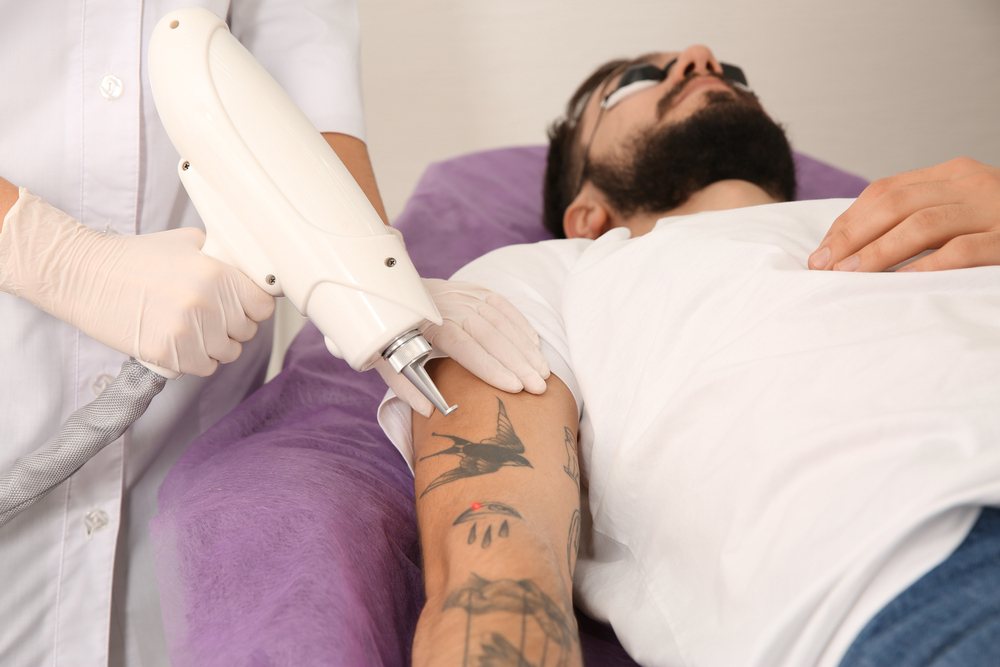
Research shows that glucose regulation plays a significant role in skin health, hair growth, and overall appearance. When blood sugar remains stable, your body can allocate resources more effectively to maintain healthy skin cells and hair follicles. Fluctuating glucose levels trigger inflammatory responses that directly impact skin texture, elasticity, and hair strength. Understanding this connection allows you to make informed decisions about diet, lifestyle, and skincare routines that support both weight loss and appearance.
Linking Blood Sugar and Skin Health
Managing blood sugar provides a boost to weight loss efforts, but the benefits don’t end there. Elevated blood glucose levels initiate a process called glycation, where sugar molecules bind to proteins in the skin. This reaction primarily affects collagen and elastin, the proteins responsible for skin firmness and elasticity. When these proteins become glycated, they lose their flexibility and strength, leading to premature aging signs such as wrinkles and sagging.
High blood sugar also increases inflammation throughout the body, including in skin tissues. This inflammatory response can worsen existing skin conditions like acne, eczema, and rosacea. Inflammatory markers rise when glucose levels spike repeatedly, creating an environment where skin healing slows and irritation persists.
Insulin resistance, which develops from prolonged blood sugar imbalances, affects hormone production. These hormonal changes can increase oil production in the skin, leading to clogged pores and breakouts. The skin’s natural barrier function also weakens when blood sugar remains elevated, making it more susceptible to environmental damage and slower to repair itself.
Impacting Hair Growth and Quality
Hair follicles require consistent nutrient delivery through the bloodstream to maintain healthy growth cycles. When blood sugar levels fluctuate dramatically, circulation to the scalp becomes less efficient. Poor circulation means hair follicles receive fewer nutrients and oxygen, which can slow hair growth and weaken individual strands.
Chronic high blood sugar damages small blood vessels throughout the body, including those that supply the scalp. This vascular damage reduces the delivery of nutrients like protein, iron, and vitamins that hair follicles need for optimal function. The result often includes thinning hair, increased breakage, and a longer recovery time between growth cycles.
Blood sugar instability also affects protein synthesis, a process necessary for hair structure. Hair consists primarily of a protein called keratin, and disrupted protein production leads to weaker, more brittle hair. Elevated glucose levels can alter the hair growth cycle itself, causing more follicles to enter the resting phase prematurely.
Managing Blood Sugar
Focusing on whole foods with low glycemic indexes helps prevent rapid glucose spikes. Foods like leafy greens, lean proteins, and complex carbohydrates provide steady energy without causing dramatic blood sugar fluctuations. Pairing carbohydrates with protein or healthy fats further slows glucose absorption.
Meal timing affects blood sugar stability throughout the day. Eating smaller, more frequent meals helps maintain consistent glucose levels rather than experiencing the peaks and valleys associated with large, infrequent meals. Avoiding refined sugars and processed foods reduces the likelihood of rapid blood sugar increases that trigger inflammatory responses.
Get Help With Weight Loss
Managing blood sugar levels provides a foundation for healthier skin and hair, but consistent results require time and patience. Regular monitoring of blood glucose levels, whether through medical testing or personal glucose monitors, provides valuable feedback about which foods and activities best support your individual needs. Working with healthcare providers allows for personalized approaches that address specific skin and hair concerns while maintaining overall metabolic health.





